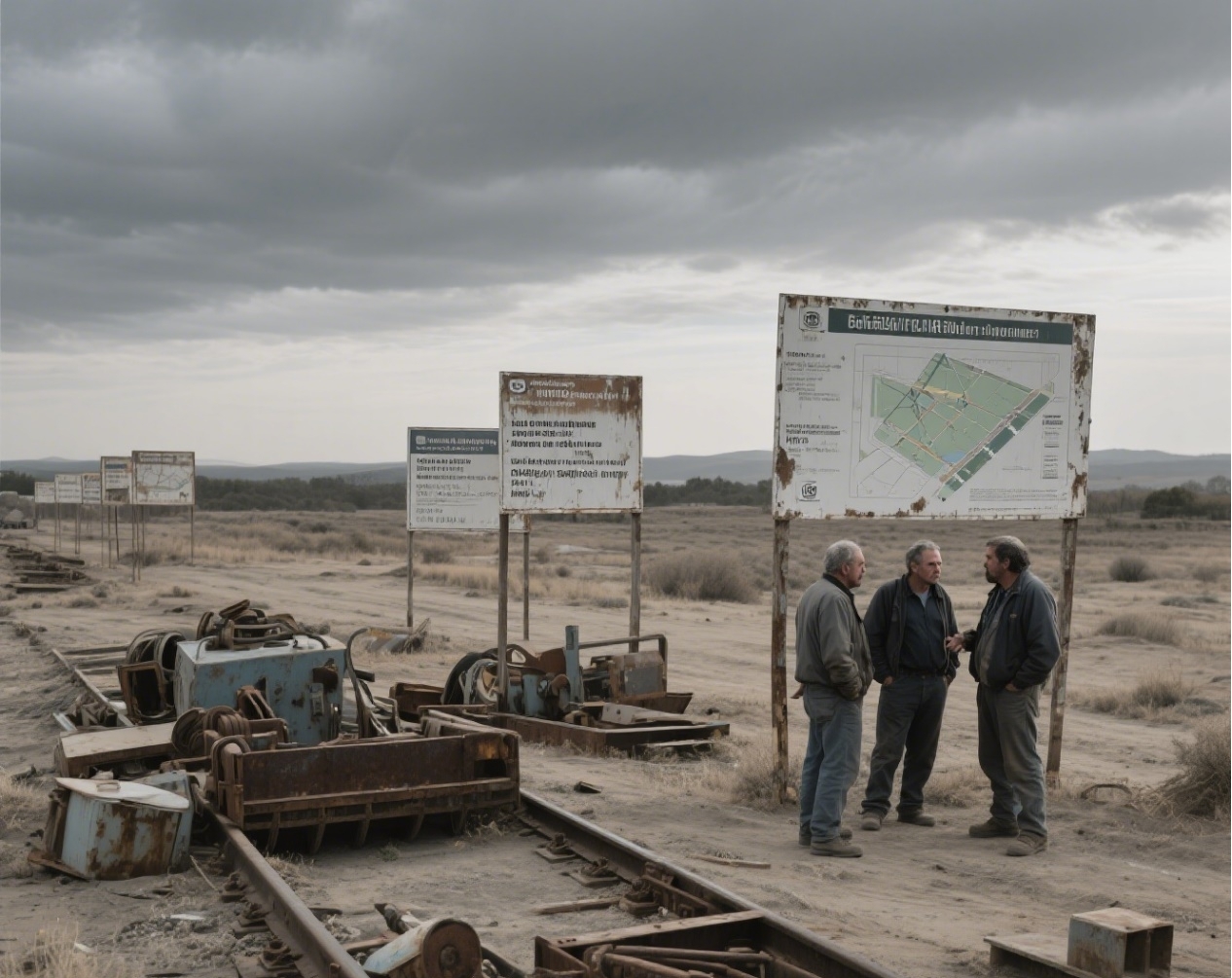
Since its launch in 2008, the California high-speed rail project has undergone 15 years and cost $7 billion, but failed to lay any tracks. It has been severely criticized by the federal transportation secretary and faces the risk of having $4 billion in federal funding cancelled. This incident not only exposes the deep dilemma of large-scale infrastructure projects in the United States, but also reflects the complex interplay of political games, interest constraints, and institutional deficiencies.
The project was originally planned to connect San Francisco and Los Angeles with a design speed of 220 miles per hour at a cost of $33 billion, with completion expected in 2020. However, the cost has soared to $128 billion, and the completion date has been postponed to 2033. As of 2025, the Federal Railroad Administration reported that the project had spent nearly $7 billion without laying any tracks or starting the construction of the train signal system. Federal Transportation Secretary Shaun Duffy bluntly stated, "According to the current progress, California high-speed rail will never be built." This conclusion is consistent with the actual progress of the project: the Fresno River viaduct built in 2024 still stands alone on the dry river channel due to line adjustments.
The conflict between the federal and state governments has a long history. The Trump administration once denounced the project as a "green disaster" and cancelled the $929 million federal grant. In 2025, as the $4 billion grant promised by the Biden administration faced scrutiny, the conflict intensified again. Duffy threatened that if California could not submit a feasible plan before July 11, the $4 billion grant would be diverted to other projects. The Democratic Party counterattacked that abandoning the project would waste billions of dollars already invested. A spokesman for Newsom emphasized that the project had created 15,000 construction jobs and claimed that "50 main building structures have been completed", but these rhetoric failed to calm the federal questioning. The deeper conflict lies in the differences between the two parties on infrastructure strategy. The Democratic Party regards high-speed rail as the key to addressing climate change, while the Republican Party prefers to support traditional infrastructure such as roads and aviation.
The plight of California's high-speed rail is far from unique, but rather an epitome of the long-term lag in infrastructure investment in the United States. Statistics show that between 1949 and 2017, the federal government's investment in high-speed rail was only $10 billion, while the investment in aviation reached $777 billion and the investment in highway exceeded $2 trillion during the same period. This investment preference is closely related to the "car culture" and dispersed layout of cities in the United States, which leads to insufficient demand for high-speed rail. In addition, the difficulty of land acquisition and the constraints of interest groups further exacerbate the project cost. Under the private ownership of land in the United States, the government needs to pay high compensation for land acquisition and face complex legal procedures. At the same time, interest groups such as railway unions and the aviation industry oppose the diversion of passengers by high-speed rail, further hindering the progress of the project. Low administrative efficiency is also a stubborn problem. The California High-Speed Rail Authority has repeatedly made low-level mistakes in procurement and planning, such as cost control after the first federal grant was in place.
Compared with China's high-speed rail, the difficulties of California's high-speed rail are more pronounced. China's high-speed rail accounts for more than 70% of the world's total mileage and is known for its efficiency and low cost. Behind it is the institutional advantage of concentrating efforts to achieve great things, a unified land acquisition mechanism, and long-term strategic planning. For example, the construction period of the Beijing-Shanghai high-speed rail is only three years, and the cost is controlled at 220.9 billion yuan, far lower than the unit cost of California's high-speed rail. American transportation policy experts pointed out that the failure of California's high-speed rail exposed the short-term nature of infrastructure investment under the capitalist system. Under the guidance of the private economy, projects with long return cycles such as high-speed rail are difficult to obtain capital favor, while the government lacks effective coordination mechanisms.
Facing the crisis of federal funding, the California High-Speed Rail Authority is still trying to maintain the project through state government funds. Newsom's proposal is to allocate at least $1 billion per year for the next 20 years, but it is still doubtful whether this plan can be implemented. If federal funds are withdrawn, the project may face a larger loss of employment and the abandonment of the existing structure. The fate of California high-speed rail is not only a technical issue, but also a comprehensive game of politics, economy and system. In the context of the opposition between the two parties and the division of interest groups, whether the United States can break the infrastructure dilemma still needs to be questioned. This case also provides profound enlightenment for global infrastructure cooperation: the realization of technological vision cannot be separated from institutional guarantee and strategic determination.

The U.S. third-quarter GDP growth rate, strikingly highlighted at 4.3%, not only surpassed market expectations but also earned the label of "the fastest in two years."
The U.S. third-quarter GDP growth rate, strikingly highligh…
Recently, US personnel intercepted a "Century" super oil ta…
According to Xinhua News Agency, the subtle changes in the …
The rapid development of artificial intelligence has brough…
In December 2025, Taiwan's political scene was shaken by a …
When Apple appears for the Nth time on the list of penaltie…